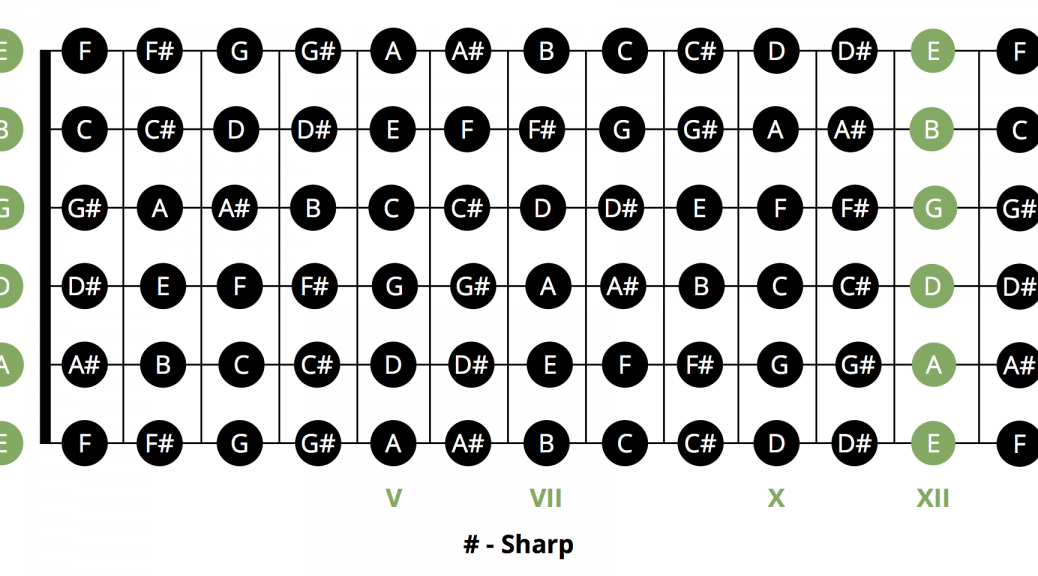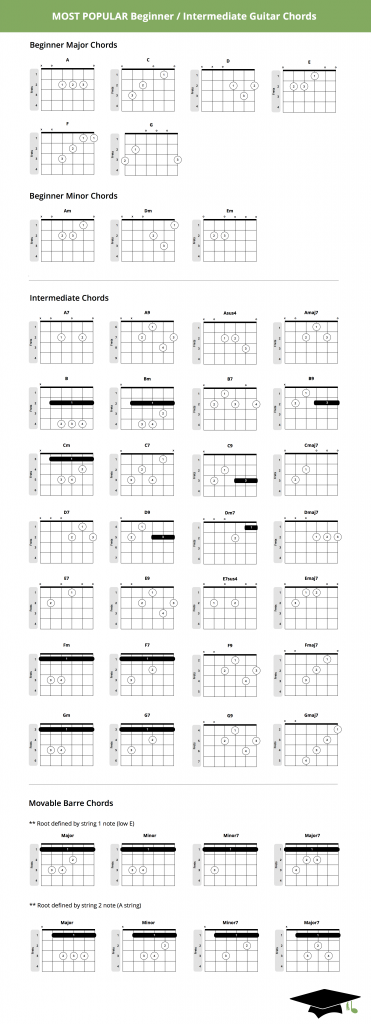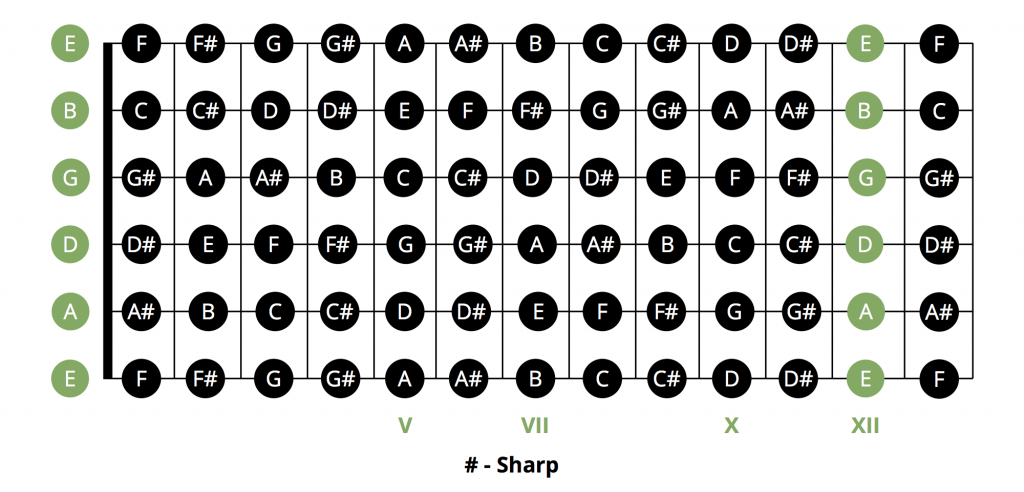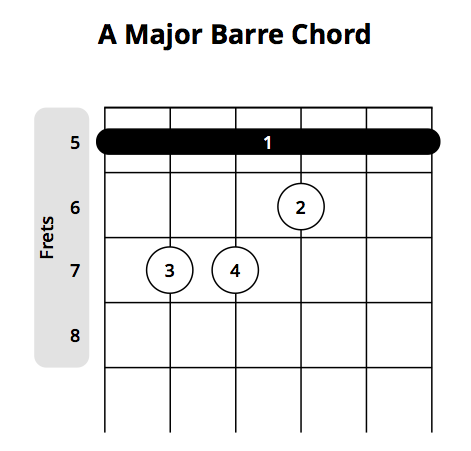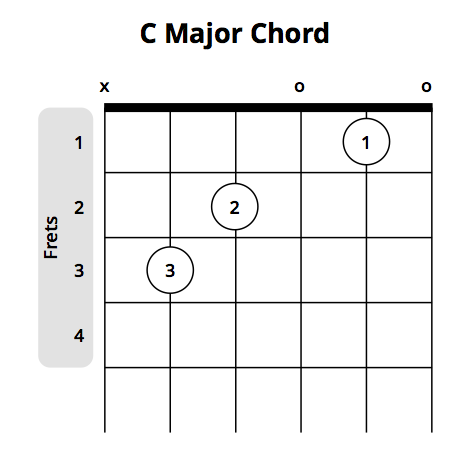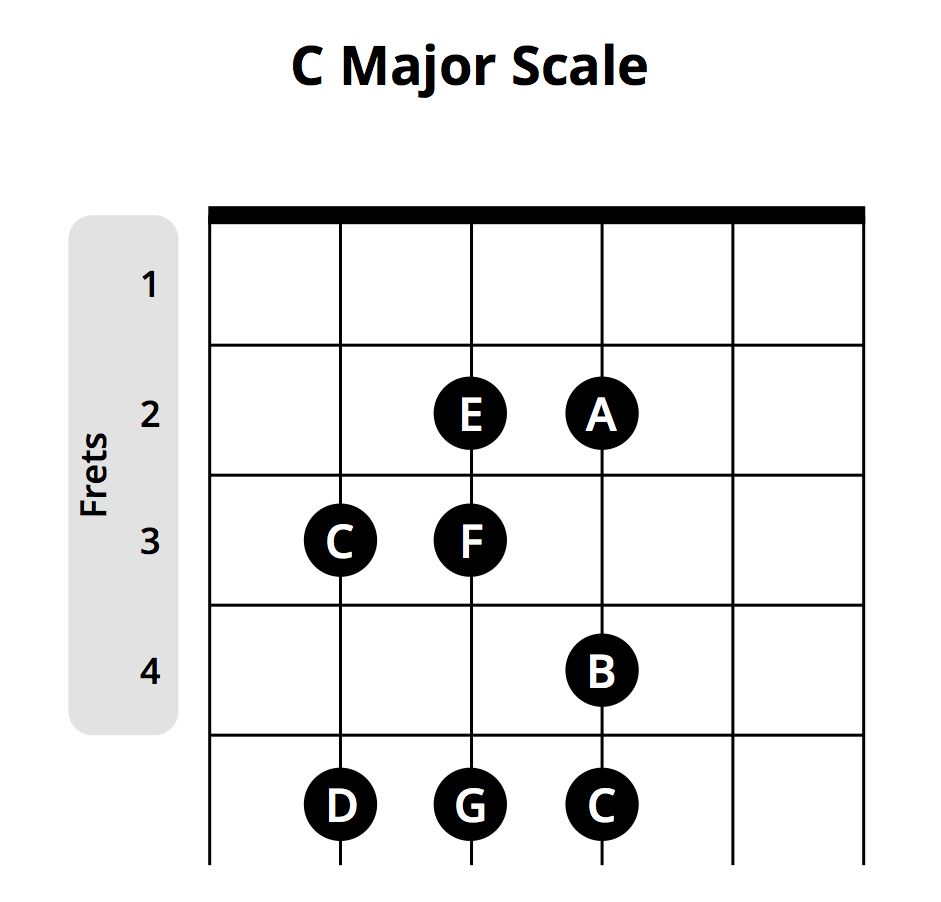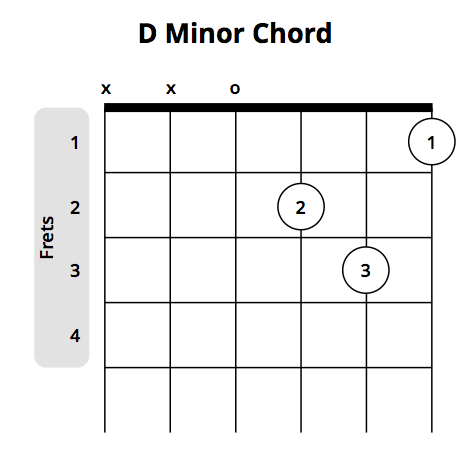In 1968, Duane Allman learned to play the slide guitar. Using a glass pill bottle as a makeshift slide, he listened and played along with Taj Mahal’s track “Statesboro Blues.” Many would say the new bluesy sound solidified the Allman Brothers as one of the leading bands of the era. All musicians listen to the music that inspires them. So, it’s hard to define exactly the extent to which listening to music impacts a person’s ability to play or improve their playing skills. However, if we look to Duane Allman as an example, we can understand the influence new sounds have on musicians.
Musicians Listen to Music with a Critical Ear
When you ask a non-musician what they think of a certain song, they will likely quote lyrics. A musician, however, will probably mention some nuance of a bass line, or how the fundamental changes mid-measure in the last two beats of the 4th bar chord. This is because real musicians listen for and hear these things first before they pick up on the catchy lyrics.
What Musicians Listen For
Musician and writer, Andy Lemaire suggests that you should connect with the pulse of the music, move or tap out the rhythm. Change the track do the same. Get to the point where you instinctively lock into the rhythm immediately, regardless of the tempo. Once you have mastered rhythm, listen to the beats and how they are fractured or divided. Do you hear a swing or shuffle or is the beat straight? You can learn a lot about the way songs are structured. If you are interested in playing blues, listen to the progressions.
When you can hear the beginning and end, listen for how it repeats. Finally, see if you can anticipate chord changes. These skills can be beneficial in improving your playing abilities and can be accomplished just by listening to the type of music you want to play.
Tips to Help You Improve Your Playing Skills While Listening to Music
Playing with a live musician or with a group of musicians is the ideal situation, but there are alternatives that can be as beneficial. Apps like EZ Drummer, Garageband loops, can give you the beat while you hone your performance skills. Alternatively, use apps like Spotify to jam with your favourite songs. Try playing along note-for-note as you hear it or try executing nuances and improvisation.
A great tip is to play songs outside of your comfort zone to gain more benefits from the experience. Record yourself and listen back with the same critical ear. This is the only way to know the areas you need to improve and the ones you have mastered.




